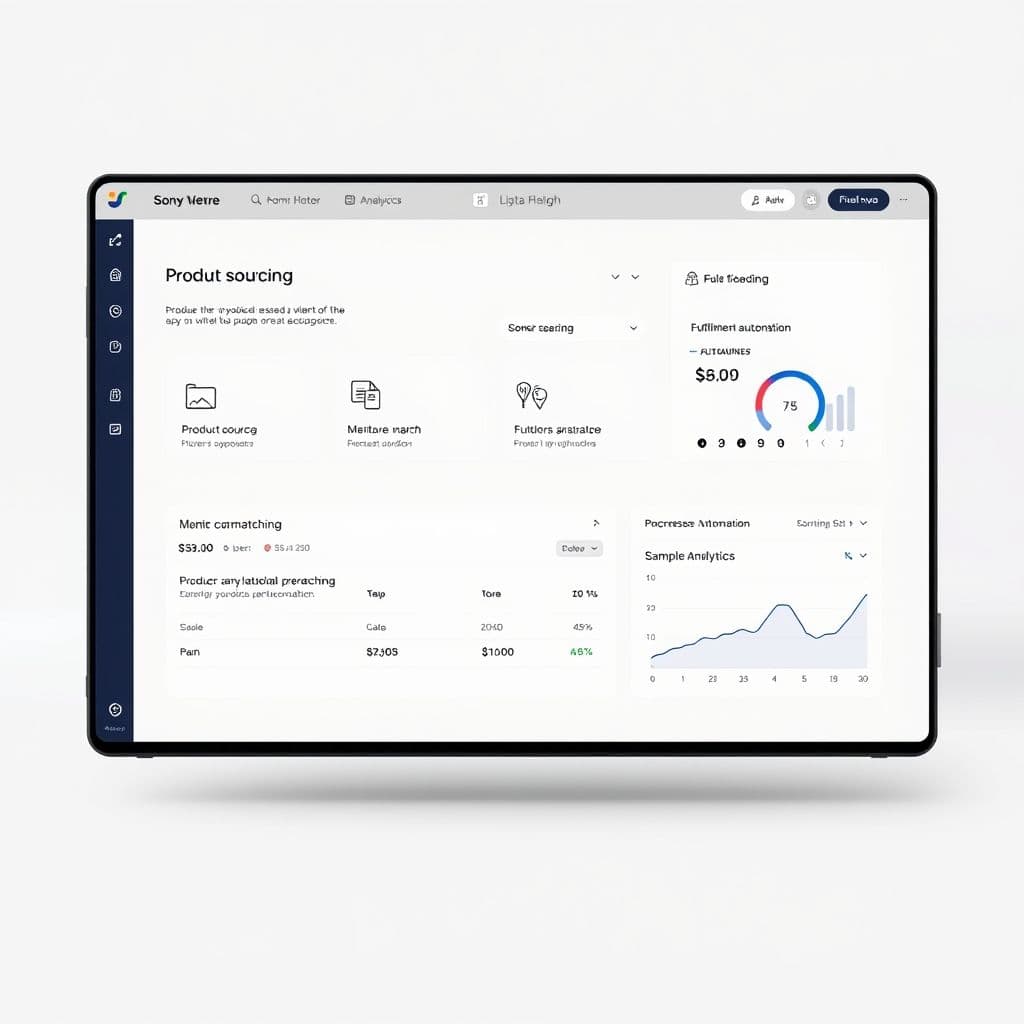The Ultimate Guide to Solving Beginner Dropshipping Confusion with SaaS

Starting a dropshipping business seems simple in theory, but as countless beginners discover, the reality is far more complex. From product sourcing to fulfillment logistics, new entrepreneurs face overwhelming confusion that leads many to abandon their dreams before making a single sale. But what if there was a better way? Let's explore how a specialized SaaS platform could solve these pain points for aspiring e-commerce founders.
The Problem: Why Beginners Struggle With Dropshipping
The comments on popular dropshipping tutorials reveal a consistent pattern of confusion. Beginners understand the basic concept - sell products you don't manufacture or warehouse - but hit roadblocks when trying to implement the model. Key pain points include: product sourcing (finding reliable suppliers beyond AliExpress), fulfillment logistics (automating order processing), and lack of mentorship (needing step-by-step guidance). Many report watching hundreds of videos yet still feeling unprepared to launch.

SaaS Solution: Guided Dropshipping Platform
Imagine a SaaS platform designed specifically to eliminate beginner confusion. This hypothetical solution would integrate several key features: 1) Verified supplier database with pre-negotiated dropshipping agreements, 2) Step-by-step workflow automation from product selection to store setup, 3) AI-powered mentorship matching with successful dropshippers, and 4) One-click fulfillment automation that handles order processing without manual work.
The platform could use behavioral analytics to identify where users get stuck most frequently, then provide contextual help. For example, when detecting a user browsing supplier pages for too long, it might suggest pre-vetted options matching their product criteria. The mentorship component could connect beginners with experienced dropshippers for paid coaching sessions, creating a win-win ecosystem.

Potential Use Cases and Benefits
Such a platform could serve multiple user types: The complete beginner who needs hand-holding through every step, the semi-experienced seller looking to scale operations, and even agencies managing multiple stores. Key benefits would include reduced startup time (from weeks to days), higher success rates through proven workflows, and continuous learning via the mentorship network.
For the supplier side, the platform could offer value by connecting them with serious entrepreneurs rather than tire-kickers. Verified suppliers might pay for premium placement or offer exclusive deals to platform users, creating a secondary revenue stream while adding value for members.
Conclusion
While dropshipping will always require work and learning, the right tools could dramatically lower the barriers to entry. A specialized SaaS platform that combines education, automation, and community could transform the beginner experience from frustrating to empowering. By solving the core problems of sourcing, fulfillment and mentorship in one integrated solution, such a platform could help thousands more entrepreneurs successfully launch their e-commerce journeys.
Frequently Asked Questions
- How would this SaaS differ from existing e-commerce platforms?
- Unlike general platforms like Shopify, this would specialize specifically in solving beginner dropshipping pain points through integrated education, vetted suppliers, and automated workflows rather than just providing store-building tools.
- What would be the biggest challenges in developing this SaaS?
- Key challenges would include building a network of reliable suppliers, creating effective mentorship matching algorithms, and developing truly seamless fulfillment automation that works across multiple supplier systems.
- Could this work for other e-commerce models beyond dropshipping?
- While focused on dropshipping initially, the mentorship and education components could potentially expand to other beginner-friendly e-commerce models like print-on-demand or digital products.


